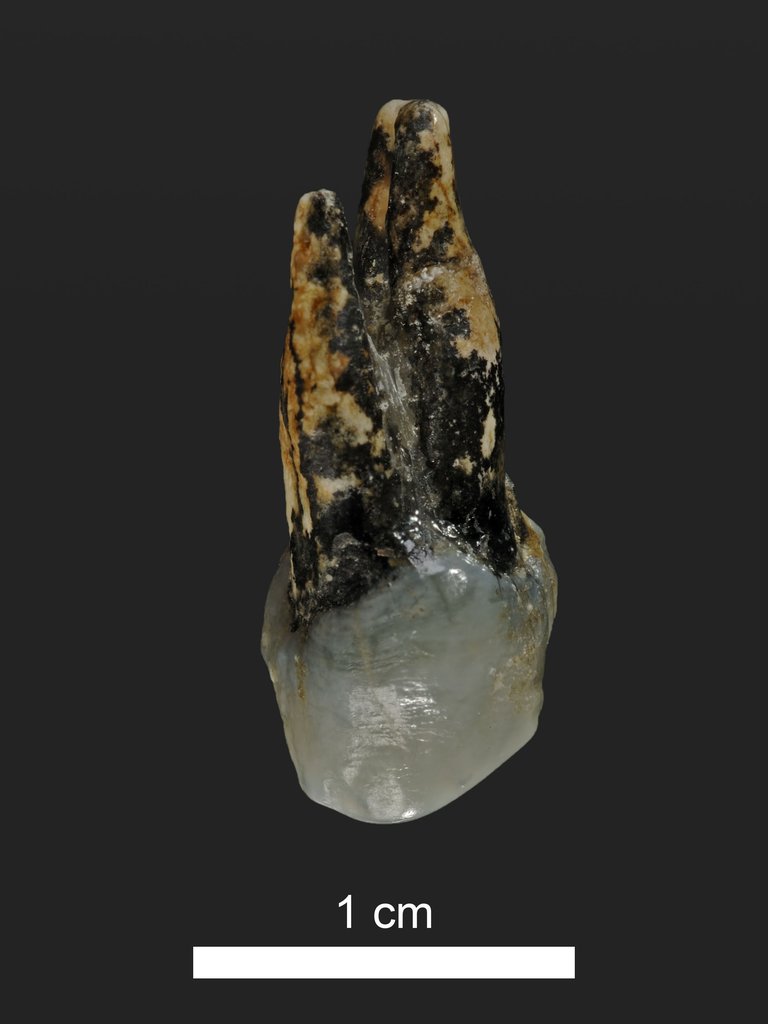The first human ancestors were not born in Africa, but in Europe

Chimpanzees are the closest relatives to the human being. Both have considered that to date they were distributed between 5 and 7 million years, which had much to do with the climate change that occurred in East Africa. According to the accepted hypothesis, the passage from the forest to the savannah prompted the evolution of the hominids.
However, the analysis now undertaken by a large group of international research has put these hypotheses into question. The results have been published in the journal PLOS ONE in two articles. In the first article we published the study of two tracks of the hominine Graecopithecus freybergi: Part of the lower jaw found in Greece and an upper and earlier yew found in Bulgaria. Through computerized tomography, they have shown that the roots of the vagina tend to join and are partially fused.
This feature is considered to be specific to hominids, such as those of the genera Ardipithecus and Australopithecus. And so far, the oldest fossils containing this type of pins have been found in Africa. However, they have been found in Europe and are even older: They calculate about 7,2 million years
North Side Story
In the other article, Graecopithecus freybergi hominino narrates the climate and the environment in which they lived. According to the researchers, and based on the phytoolites they have found, with the formation of the desert in North Africa the savannah was formed in Europe.
This hypothesis also coincides with the fossils of the animals found: gazelles, antelopes, giraffes and rhinos. In his opinion, this environment favored the division between humans and chimpanzees. They have also called the hypothesis: North Side Story (North Story) is what East Side Story calls the hypothesis that man was born in East Africa.
Buletina
Bidali zure helbide elektronikoa eta jaso asteroko buletina zure sarrera-ontzian











